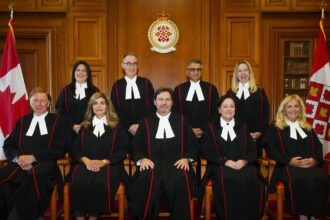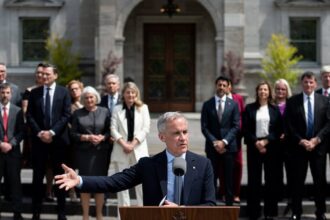“I look forward to working with Mark Carney and his team during this crucial economic period,” Ford stated, adopting a conciliatory tone toward the new Liberal leadership. “But let me be clear—the Ring of Fire represents a once-in-a-generation opportunity that we cannot afford to delay any further.”
The Ring of Fire, located approximately 500 kilometers northeast of Thunder Bay in Ontario’s Far North, contains vast deposits of chromite, nickel, copper, and platinum—minerals essential for electric vehicle production and clean energy technologies. Industry experts estimate the region’s mineral wealth at over $60 billion, positioning it as a potential cornerstone of Canada’s critical minerals strategy.
Ford’s comments signal a complex political relationship ahead, as his Progressive Conservative government has frequently criticized federal environmental review processes as obstacles to economic development. Despite these tensions, the premier emphasized shared priorities.
“Climate action and economic growth aren’t opposing goals—they’re complementary,” Ford remarked. “The minerals in northern Ontario are precisely what we need for manufacturing electric vehicles and batteries right here in Canada.”
Indigenous communities have expressed mixed reactions to potential development, with some First Nations supporting projects that provide economic opportunities while others raise concerns about environmental impacts and consultation processes. Chief Cornelius Wabasse of Webequie First Nation noted, “Any development must respect our treaty rights and ensure lasting benefits for our people.”
The economic stakes extend beyond mining operations. According to the Ontario Chamber of Commerce, developing the Ring of Fire could generate approximately 5,500 permanent jobs and contribute $9.4 billion to Ontario’s GDP over the first decade of operation.
Political analysts suggest Ford’s early messaging represents a strategic attempt to establish provincial priorities before the Carney government solidifies its northern development policies. Dr. Heather McPherson, Professor of Political Economy at the University of Toronto, observed, “Ford is essentially staking out Ontario’s position early, ensuring the province’s economic interests remain front and center in federal decision-making.”
As Canada navigates complex economic and environmental challenges, including the transition to clean energy while maintaining industrial competitiveness, the development of critical mineral resources will likely remain a contentious political issue. The question remains: can the newly elected Carney government balance environmental protection, Indigenous rights, and economic development in a way that satisfies provincial demands while advancing federal climate commitments?
For ongoing coverage of federal-provincial relations and economic development initiatives, visit CO24 Politics and CO24 Business.










